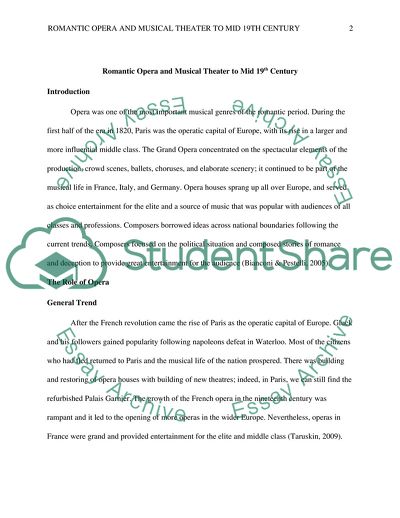Cite this document
(Romantic Opera and Musical Theater to Mid 19th Century Coursework, n.d.)
Romantic Opera and Musical Theater to Mid 19th Century Coursework. https://studentshare.org/music/1821556-romantic-opera-and-musical-theater-to-mid-19th-century
Romantic Opera and Musical Theater to Mid 19th Century Coursework. https://studentshare.org/music/1821556-romantic-opera-and-musical-theater-to-mid-19th-century
(Romantic Opera and Musical Theater to Mid 19th Century Coursework)
Romantic Opera and Musical Theater to Mid 19th Century Coursework. https://studentshare.org/music/1821556-romantic-opera-and-musical-theater-to-mid-19th-century.
Romantic Opera and Musical Theater to Mid 19th Century Coursework. https://studentshare.org/music/1821556-romantic-opera-and-musical-theater-to-mid-19th-century.
“Romantic Opera and Musical Theater to Mid 19th Century Coursework”. https://studentshare.org/music/1821556-romantic-opera-and-musical-theater-to-mid-19th-century.


